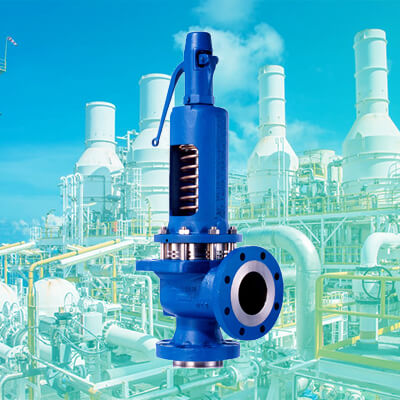Safety Valve
There Is A Wide Range Of Safety Valves Available To Meet The Many Different Applications And Performance Criteria Demanded By Different Industries. Furthermore, National Standards Define Many Varying Types Of Safety Valves.
A Safety Valve Protects A System Against Overpressure. Overpressure Occurs When The System’s Pressure Exceeds The Maximum Allowable Working Pressure (MWAP) Or The Pressure For Which The System Is Designed. Safety Valves Can Open Very Quickly Compared To Relief Valves. A Safety Valve Opens From A Set Pressure; The Valve First Opens A Little, Then Opens Fully So That The Unwanted Pressure Is Removed From The System As Quickly As Possible.

Design Features :-
- Quarter-Turn Operation
- Full Bore or Reduced Bore
- Excellent Shut-Off Capability
- Versatility
- Minimal Pressure Drop
- Durability
- Compact Design
- Manual and Actuated Options
- Bi-Directional Flow
- Low Maintenance
- Floating or Trunnion-Mounted Ball
- Cavity Filling and Cavity Pressure Relief
Product Applications :-
- Oil & Gas Industries
- Ship Yards and Marine Management
- Textile Process
- Solvent Oil Extraction Industries
- Steel and engineering industries
- Pharmaceutical, Fertilizers, Industries
- Cement / Process Industries
- Chemical & Intermediates Industries
- Sugar & Breweries & Distilleries Plants
- Food & Beverages Industries